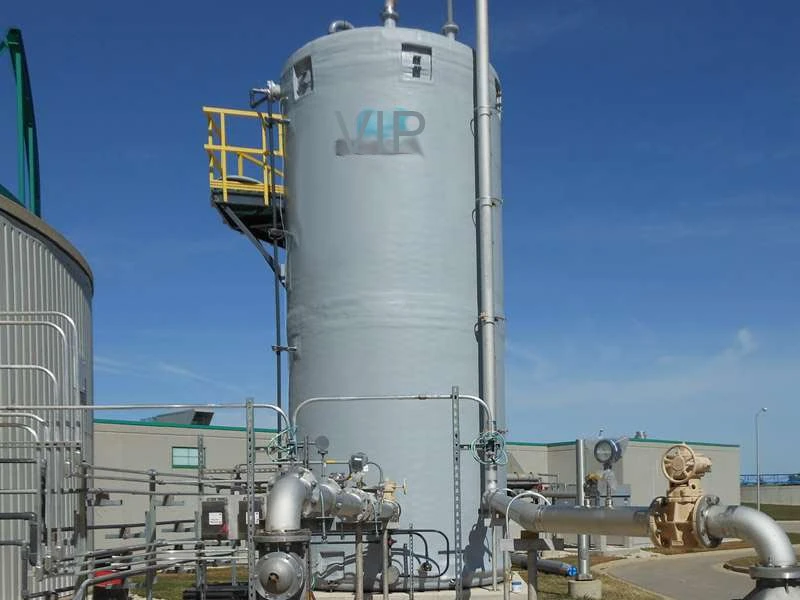
-
 Afrikaans
Afrikaans -
 Albanian
Albanian -
 Amharic
Amharic -
 Arabic
Arabic -
 Armenian
Armenian -
 Azerbaijani
Azerbaijani -
 Basque
Basque -
 Belarusian
Belarusian -
 Bengali
Bengali -
 Bosnian
Bosnian -
 Bulgarian
Bulgarian -
 Catalan
Catalan -
 Cebuano
Cebuano -
 China
China -
 China (Taiwan)
China (Taiwan) -
 Corsican
Corsican -
 Croatian
Croatian -
 Czech
Czech -
 Danish
Danish -
 Dutch
Dutch -
 English
English -
 Esperanto
Esperanto -
 Estonian
Estonian -
 Finnish
Finnish -
 French
French -
 Frisian
Frisian -
 Galician
Galician -
 Georgian
Georgian -
 German
German -
 Greek
Greek -
 Gujarati
Gujarati -
 Haitian Creole
Haitian Creole -
 hausa
hausa -
 hawaiian
hawaiian -
 Hebrew
Hebrew -
 Hindi
Hindi -
 Miao
Miao -
 Hungarian
Hungarian -
 Icelandic
Icelandic -
 igbo
igbo -
 Indonesian
Indonesian -
 irish
irish -
 Italian
Italian -
 Japanese
Japanese -
 Javanese
Javanese -
 Kannada
Kannada -
 kazakh
kazakh -
 Khmer
Khmer -
 Rwandese
Rwandese -
 Korean
Korean -
 Kurdish
Kurdish -
 Kyrgyz
Kyrgyz -
 Lao
Lao -
 Latin
Latin -
 Latvian
Latvian -
 Lithuanian
Lithuanian -
 Luxembourgish
Luxembourgish -
 Macedonian
Macedonian -
 Malgashi
Malgashi -
 Malay
Malay -
 Malayalam
Malayalam -
 Maltese
Maltese -
 Maori
Maori -
 Marathi
Marathi -
 Mongolian
Mongolian -
 Myanmar
Myanmar -
 Nepali
Nepali -
 Norwegian
Norwegian -
 Norwegian
Norwegian -
 Occitan
Occitan -
 Pashto
Pashto -
 Persian
Persian -
 Polish
Polish -
 Portuguese
Portuguese -
 Punjabi
Punjabi -
 Romanian
Romanian -
 Russian
Russian -
 Samoan
Samoan -
 Scottish Gaelic
Scottish Gaelic -
 Serbian
Serbian -
 Sesotho
Sesotho -
 Shona
Shona -
 Sindhi
Sindhi -
 Sinhala
Sinhala -
 Slovak
Slovak -
 Slovenian
Slovenian -
 Somali
Somali -
 Spanish
Spanish -
 Sundanese
Sundanese -
 Swahili
Swahili -
 Swedish
Swedish -
 Tagalog
Tagalog -
 Tajik
Tajik -
 Tamil
Tamil -
 Tatar
Tatar -
 Telugu
Telugu -
 Thai
Thai -
 Turkish
Turkish -
 Turkmen
Turkmen -
 Ukrainian
Ukrainian -
 Urdu
Urdu -
 Uighur
Uighur -
 Uzbek
Uzbek -
 Vietnamese
Vietnamese -
 Welsh
Welsh -
 Bantu
Bantu -
 Yiddish
Yiddish -
 Yoruba
Yoruba -
 Zulu
Zulu
grp rectangular tank
Understanding GRP Rectangular Tanks A Comprehensive Overview
Glass Reinforced Plastic (GRP) rectangular tanks have gained significant popularity in various industries due to their durability, corrosion resistance, and lightweight characteristics. These tanks are primarily made from a combination of glass fibers and thermosetting resin, which results in a robust and versatile storage solution suitable for a wide range of applications, including water storage, wastewater treatment, chemical storage, and more.
One of the most critical advantages of GRP rectangular tanks is their resistance to corrosion. Unlike traditional metal tanks that can rust or degrade over time when exposed to various chemicals or environmental factors, GRP tanks maintain their structural integrity and performance. This resilience makes them ideal for storing aggressive chemicals, acids, and other corrosive substances. Industries such as pharmaceuticals, food and beverage, and agriculture particularly benefit from this feature.
Understanding GRP Rectangular Tanks A Comprehensive Overview
When it comes to design flexibility, GRP rectangular tanks offer considerable advantages. They can be manufactured in various dimensions and capacities, allowing for customization to meet specific storage needs. This adaptability is particularly beneficial for projects that require unique tank specifications, helping to optimize space utilization in facilities. Additionally, GRP tanks can be designed with various features to enhance their functionality, such as access manways, overflow systems, and level indicators.
grp rectangular tank

Maintenance is another area where GRP rectangular tanks excel. Thanks to their non-porous surface, these tanks are easy to clean and require minimal maintenance over time. This characteristic is especially important for applications involving food or potable water, where hygiene and cleanliness are paramount. Furthermore, GRP tanks do not require painting or coating, which can further reduce long-term maintenance costs.
In terms of environmental sustainability, GRP materials offer a favorable profile. The production of GRP tanks typically generates less waste compared to traditional tank manufacturing processes. Additionally, the longevity and durability of these tanks help to minimize the need for replacements over time, contributing to reduced environmental impact. Many manufacturers are also focusing on eco-friendly production methods, further enhancing the sustainability credentials of GRP products.
It’s important to consider the regulatory aspect as well. GRP rectangular tanks must comply with various industry standards and regulations, ensuring they are suitable for the intended application. Most reputable manufacturers will have their products tested and certified, providing peace of mind to end-users. From structural tests to material assessments, adhering to these standards guarantees the safety and performance of the tanks.
Despite the numerous advantages, it’s essential to note that GRP tanks also have some limitations. For instance, they may not be suitable for very high-temperature applications, and care must be taken during installation to prevent damage from sharp or heavy objects. Additionally, like any storage solution, proper design and installation practices are crucial to maximize the performance and longevity of GRP tanks.
In conclusion, GRP rectangular tanks represent a practical and efficient solution for various storage needs across multiple industries. Their corrosion resistance, lightweight nature, design flexibility, and low maintenance requirements make them an attractive choice for modern applications. As industries continue to evolve and demand more sustainable solutions, GRP tanks are likely to remain at the forefront of storage technology, providing reliable service for years to come.









